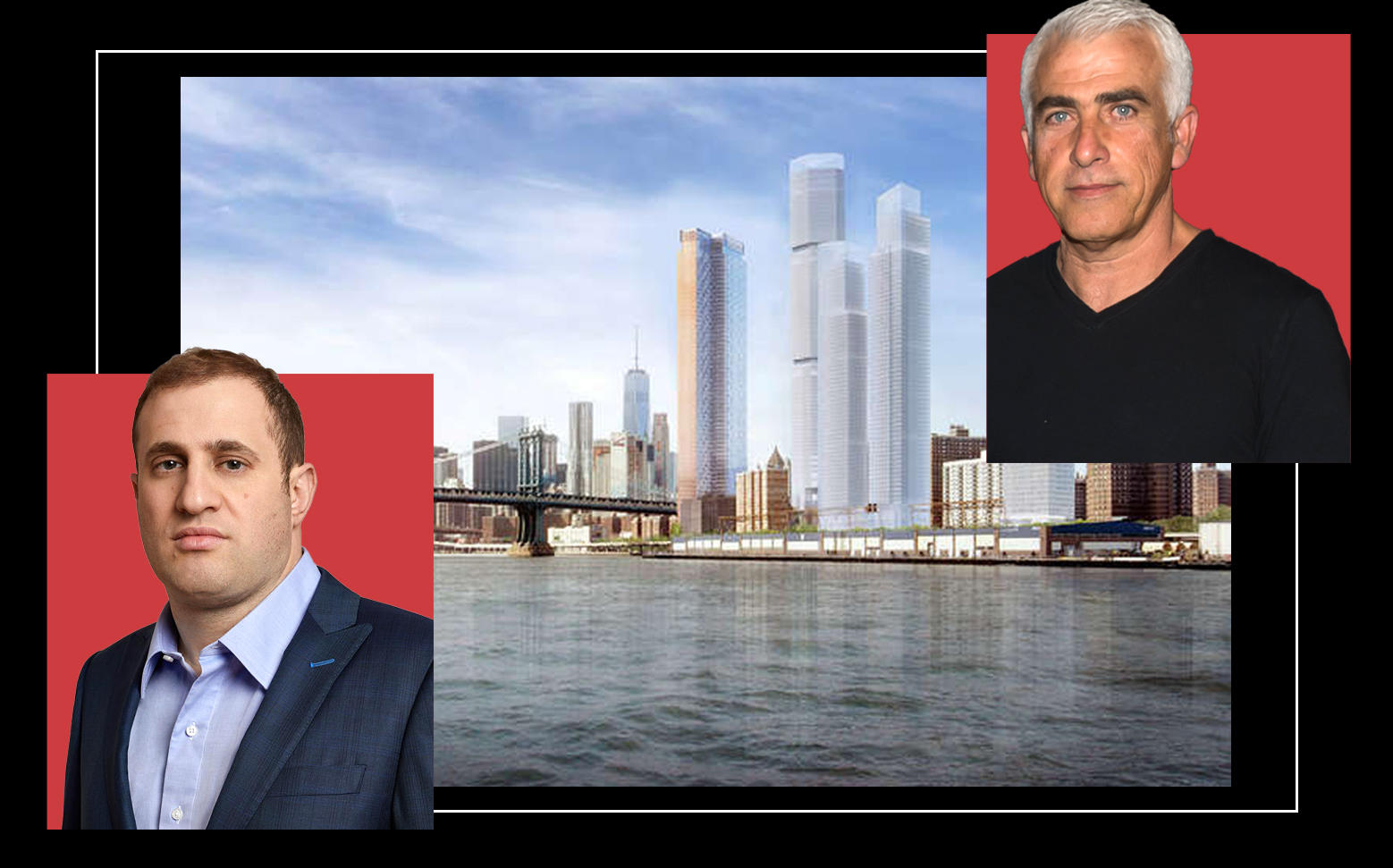Trending
In reversal, court green-lights Two Bridges towers
Appellate Division rules Lower East Side projects don’t need City Council approval

An appeals court Thursday sided with developers in a long-standing dispute about the construction of four towers in the Two Bridges neighborhood.
The 4-0 decision rejected a challenge by the New York City Council and Manhattan Borough President Gale Brewer to the City Planning Commission’s approval in 2018 of an application to build the massive apartment towers. Department of City Planning staff had determined in 2016 that the developments were allowed.
The City Council argued that the projects are not allowed under the area’s zoning and therefore must go through the city’s land-use review, known as Ulurp, which generally takes at least a year and culminates in a Council vote. That would essentially give the local member, currently Margaret Chin, veto power over the developments. With that leverage, she could negotiate substantial reductions in the towers’ height and increases in their affordable housing component — or kill the projects altogether.
State Supreme Court Justice Arthur Engoron agreed with the opponents. But the Appellate Division judges concluded that the proposed buildings “did not conflict with applicable zoning requirements” and the Planning Commission’s approval was valid.
The development comprises three projects: JDS Development’s 247 Cherry Street; L+M Development and CIM Group’s 260 South Street; and Starrett Corporation’s 259 Clinton Street.
A spokesperson for the developers applauded the finding in a statement to The Real Deal and said it “makes clear that these projects were lawfully approved and comply with zoning that’s been in place for more than 30 years.”
The City Council is considering requesting the Court of Appeals, the state’s highest court, hear the case. Also, two other lawsuits are challenging the tower plans: In February, the lower court judge Engoron ruled against the developers in a case brought by residents and local organizations, finding that the three separate projects must go through the city’s land-use review process.
But the Appellate Division’s ruling Thursday does not bode well for Engoron’s February ruling to survive on appeal.
The towers’ opponents object to their proposed height, saying that they would drastically alter the relatively low-scale neighborhood, and that bypassing Ulurp would deprive the community of its voice.
“We believed that the community needed a seat at the table for a proposal which would add close to 3,000 units of majority luxury housing within a three-block radius in a historically affordable and diverse waterfront neighborhood, and will pierce through a low-income senior building,” said Brewer, Chin and City Council Speaker Corey Johnson in a statement.
The developers say the area was zoned for high-density development long ago and that their projects will come with hundreds of affordable apartments, transit and park upgrades and repairs to a local Housing Authority complex.
Write to Sylvia Varnham O’Regan at so@therealdeal.com




